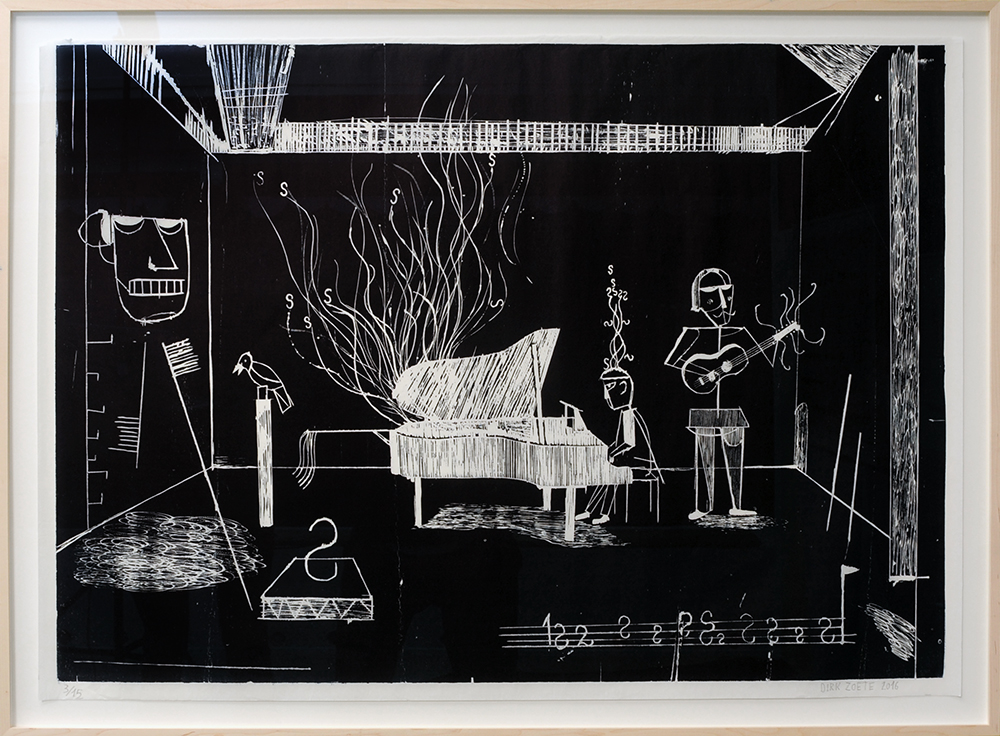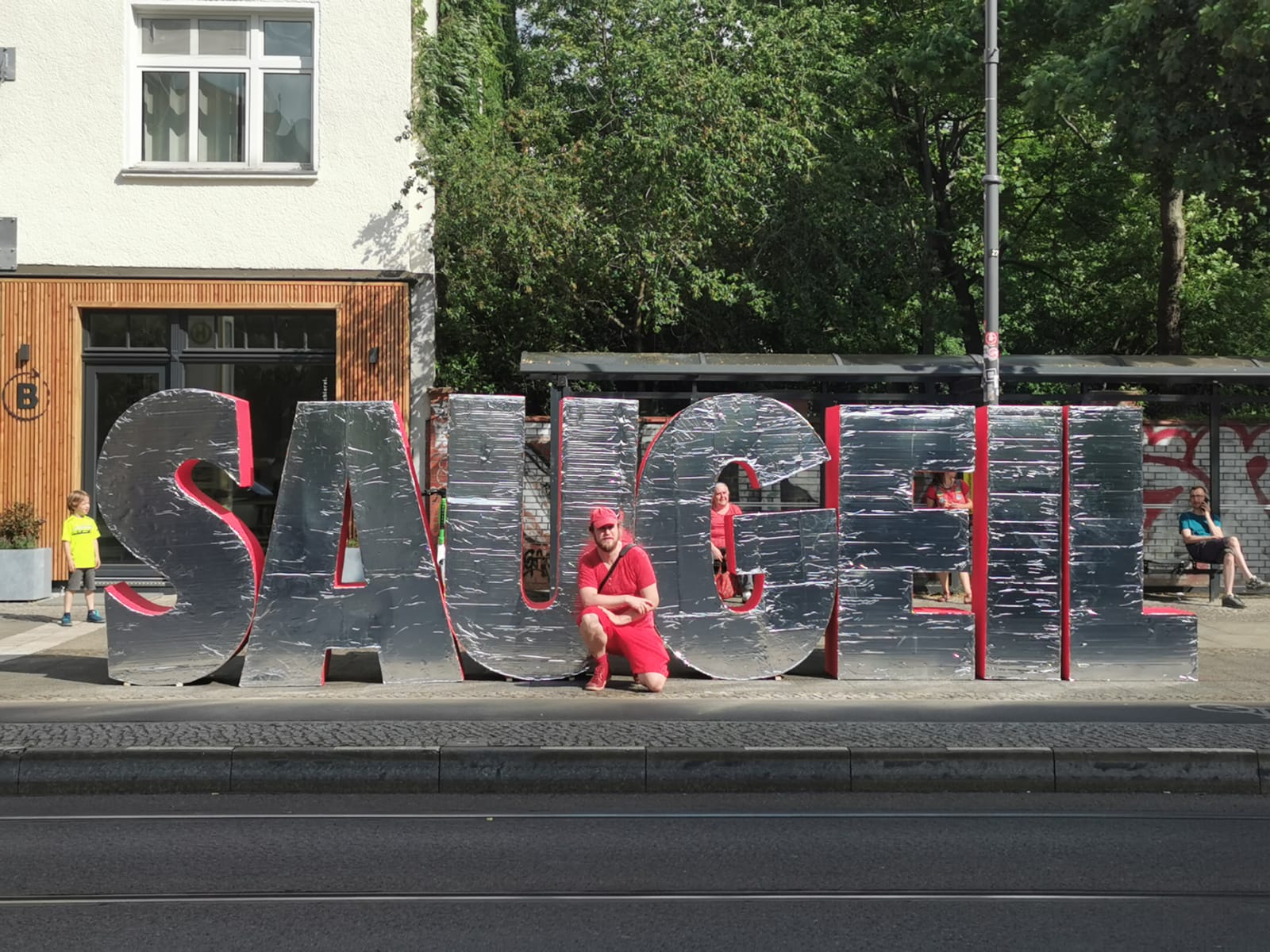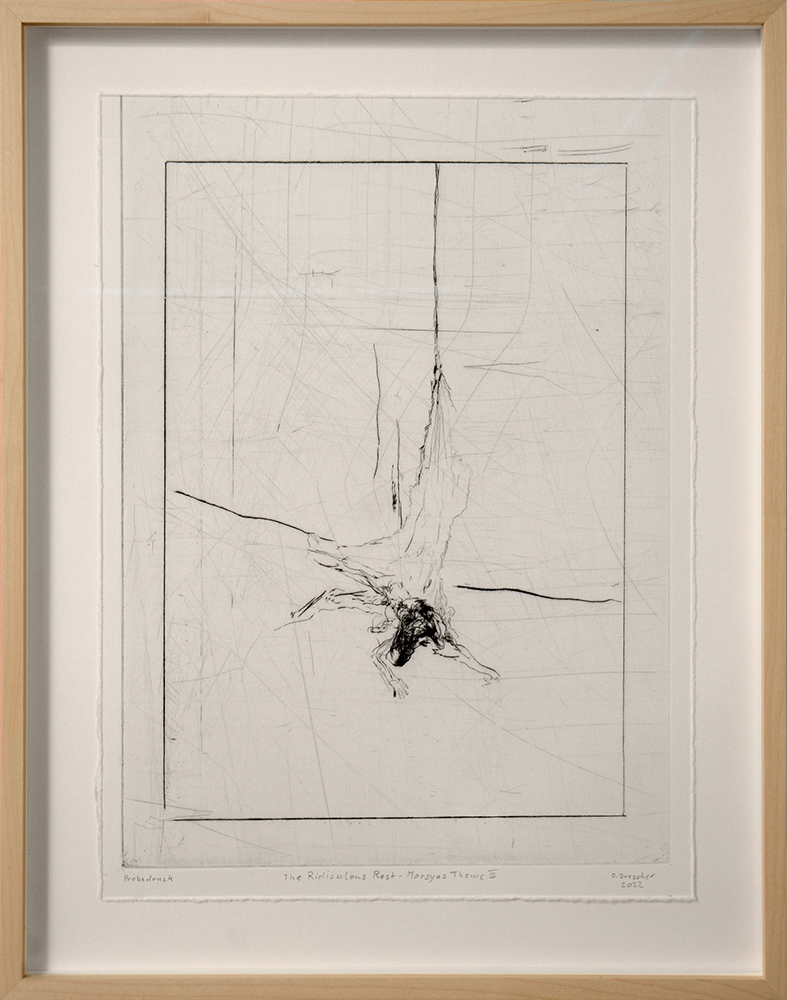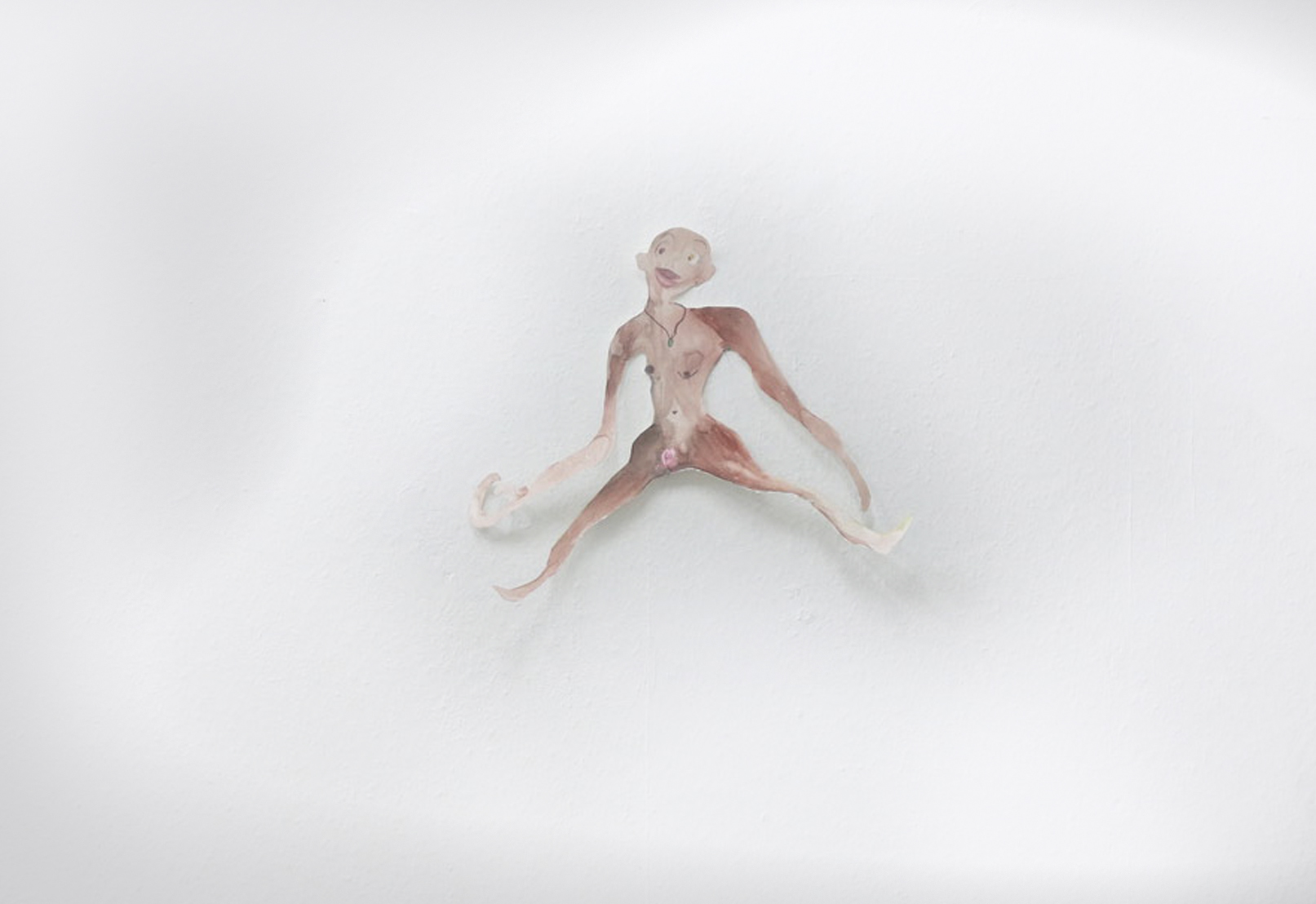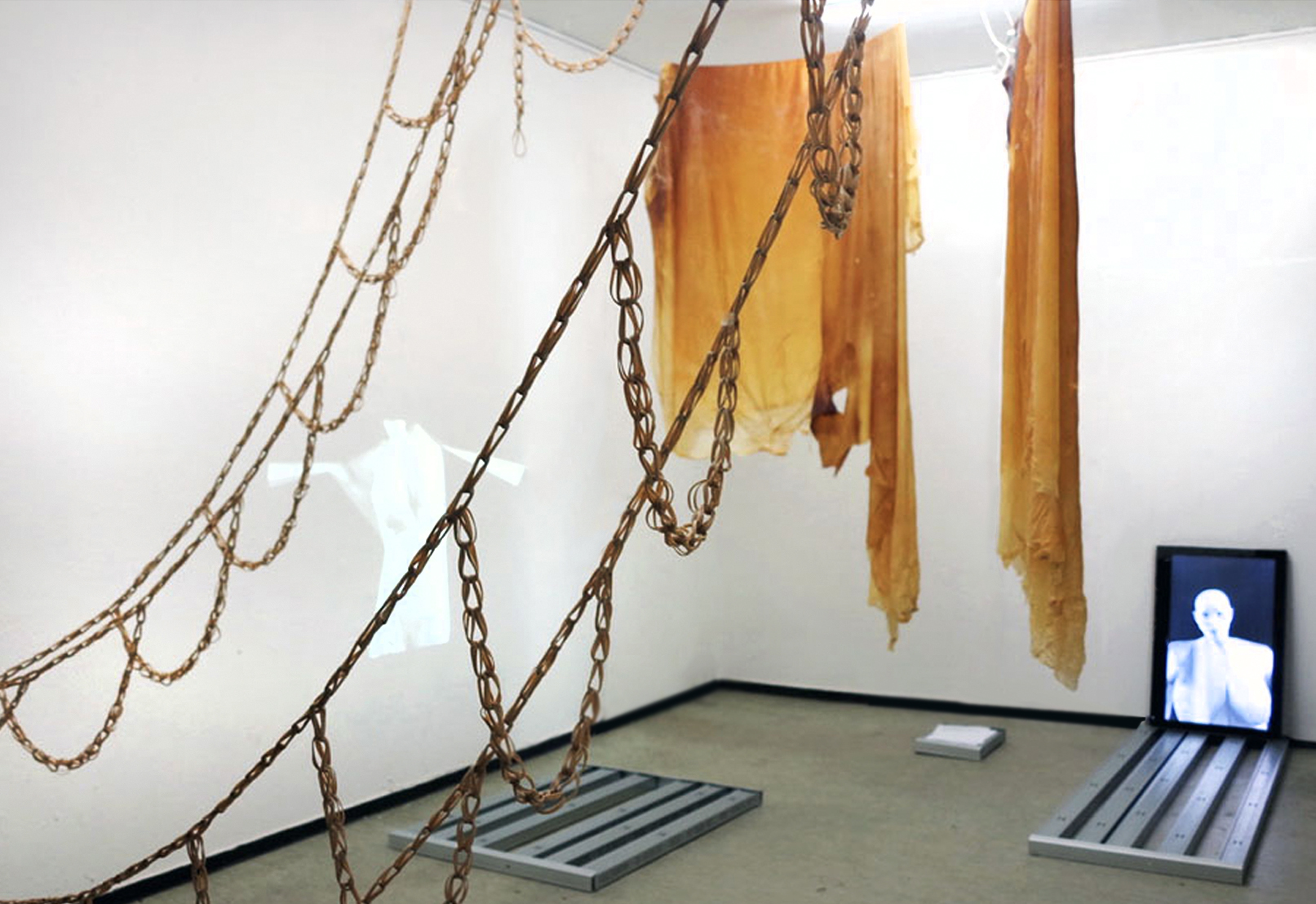Melissa Lücking, Minh Duc Pham, Monilola Olayemi Ilupeju: ENTF : Verena Kerfin Gallery, Köthener Strasse 28, Berlin 10963
Past
exhibition
Overview
The exhibition's second part brings together the work of Melissa Lücking, Minh Duc Pham, and Monilola Olayemi Ilupeju, whose practices interrogate the body as a site of manifestation and transformation. This collective endeavor challenges the physical and conceptual borders of the body, liberating it from the constraints of identification, classification, and limitation. Their works imagine the body not as fractured or compartmentalized but as a neutral vessel, stripped to its essence—a raw form of flesh and bone, capable of existing beyond binary oppositions such as pleasure and pain, identity and exclusion, or sexuality and violence.
Through stretching, deforming, and reconstructing bodily parts, the artists propose an expanded understanding of the human form. The body becomes a dynamic vehicle for experiencing life across an infinite spectrum, transcending its biological confines and reimagining itself in an alternate, hybridized reality. The exhibition envisions this transformation as a movement toward what the artists describe as "techno-bodies"—entities that materialize in cyberspace and other speculative dimensions. These techno-bodies exist in a liminal state, blending organic and digital realities to evade the limitations of the manifest world and explore a collectively imagined, universal home.
From an art-historical perspective, the exhibition draws on themes of posthumanism and cyberfeminism, resonating with theorists such as Donna Haraway, whose "Cyborg Manifesto" envisioned the hybridization of human, machine, and animal as a way to transcend societal binaries. The artists in this exhibition reinterpret the body as a site of possibility, in line with artistic traditions that deconstruct corporeality, such as the work of Louise Bourgeois or Rebecca Horn, while extending these ideas into the realm of speculative, digital futures.
This body of work invites reflection on the evolving nature of humanity, asking viewers to reconsider the body not as a fixed, knowable entity but as a mutable form that can exist across infinite thresholds—fluid, collective, and capable of inhabiting entirely new realms of existence.
Through stretching, deforming, and reconstructing bodily parts, the artists propose an expanded understanding of the human form. The body becomes a dynamic vehicle for experiencing life across an infinite spectrum, transcending its biological confines and reimagining itself in an alternate, hybridized reality. The exhibition envisions this transformation as a movement toward what the artists describe as "techno-bodies"—entities that materialize in cyberspace and other speculative dimensions. These techno-bodies exist in a liminal state, blending organic and digital realities to evade the limitations of the manifest world and explore a collectively imagined, universal home.
From an art-historical perspective, the exhibition draws on themes of posthumanism and cyberfeminism, resonating with theorists such as Donna Haraway, whose "Cyborg Manifesto" envisioned the hybridization of human, machine, and animal as a way to transcend societal binaries. The artists in this exhibition reinterpret the body as a site of possibility, in line with artistic traditions that deconstruct corporeality, such as the work of Louise Bourgeois or Rebecca Horn, while extending these ideas into the realm of speculative, digital futures.
This body of work invites reflection on the evolving nature of humanity, asking viewers to reconsider the body not as a fixed, knowable entity but as a mutable form that can exist across infinite thresholds—fluid, collective, and capable of inhabiting entirely new realms of existence.
Installation Views
×
